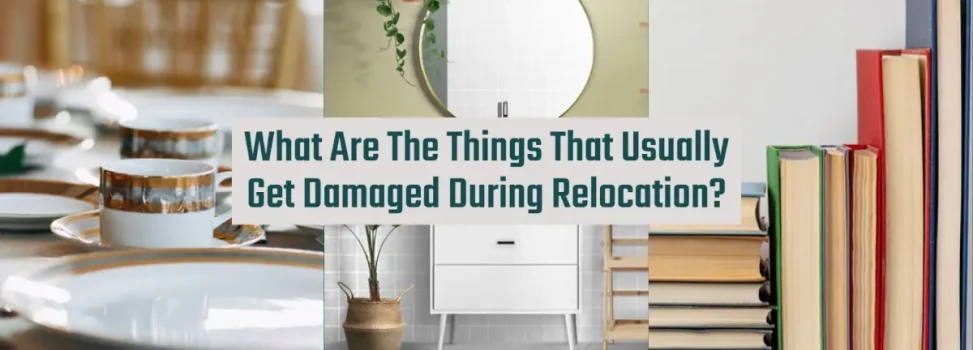Moving may be troublesome enough without breaking a priceless piece of furniture, an essential kitchen appliance, or an entire box of delicate glassware. However, people who are under pressure and have a limited amount of time frequently take shortcuts when arranging and relocating in an effort to save time. Being aware of the typical mistakes and taking preventative measures to lessen those risks is the most effective method for avoiding breakable ones when shifting.
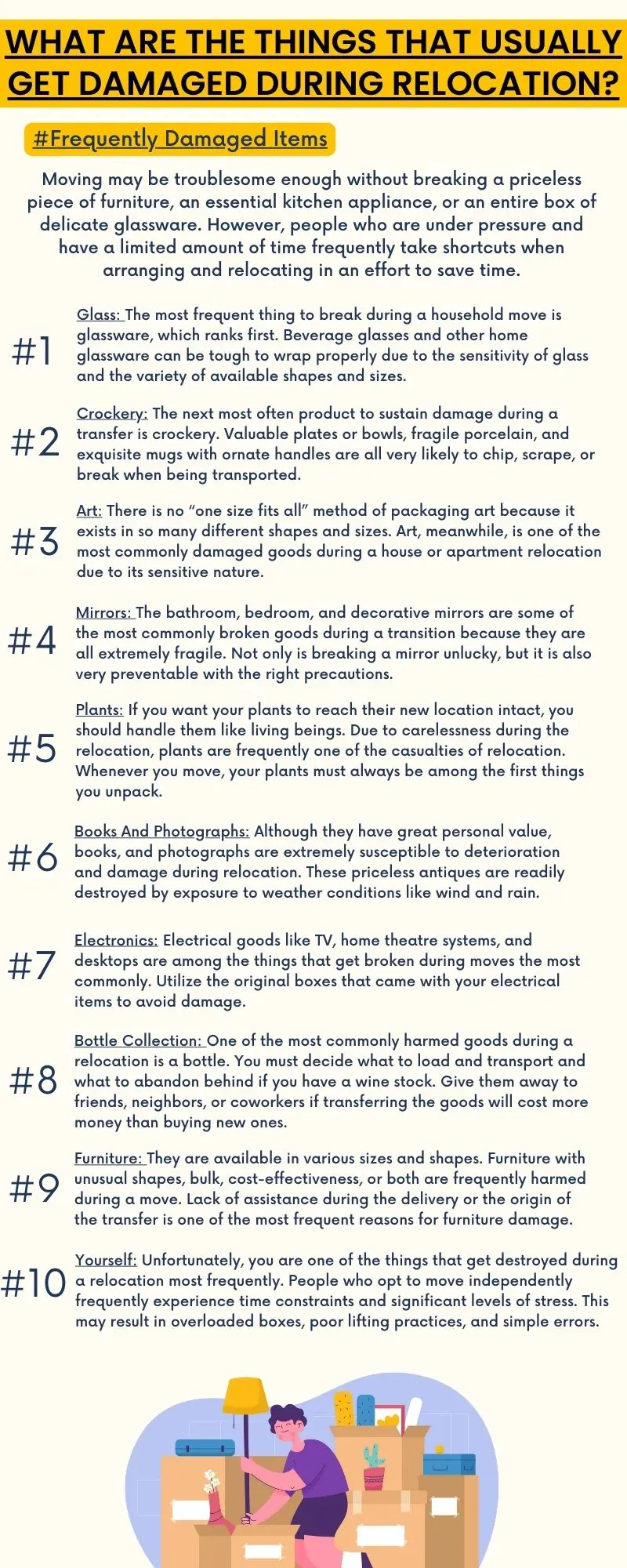
Another approach to guarantee that your relocation goes smoothly is to go with a qualified moving services provider that offers insurance. We have written this straightforward guide addressing the most frequently damaged objects during a move in order to assist you to avoid common errors.
Frequently Damaged Items:
Glass:
The most frequent thing to break during a household move is glassware, which ranks first. Beverage glasses and other home glassware can be especially difficult to wrap properly due to the sensitivity of glass and the variety of shapes and sizes that are available. Despite the fact that packaging glassware may seem like an easy choice for this list, people frequently make blunders because they don’t employ the proper packing supplies.
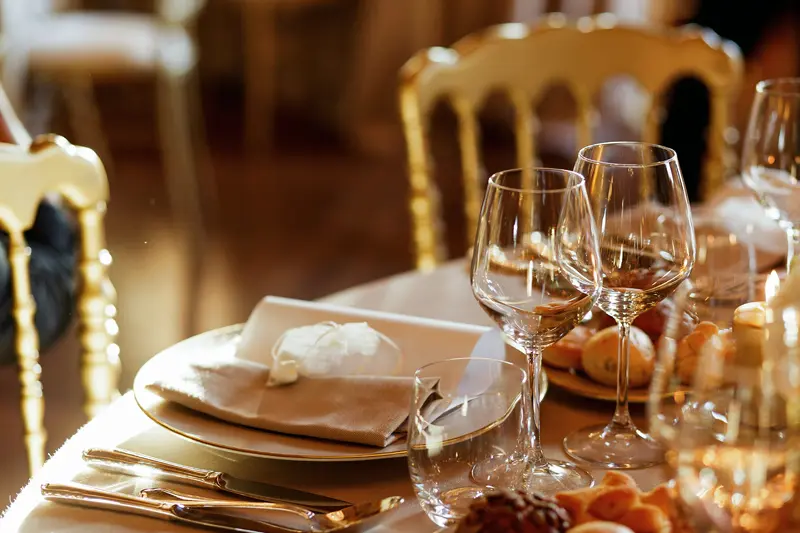
Avoid over-packing your boxes if you want to wrap your glasses easily and reliably. When there are too many glasses in one carton, the box may tear or the glasses may knock each other and the processor while being transported over rough terrain. Find some excellent cartons, ideally with gaps to minimize glass contact during transportation. Don’t put more than 4kg in one box and hold them in place using whatever wrapping paper you may have.
Crockery:
The next most often product to sustain damage during a transfer is crockery. Valuable plates or bowls, fragile porcelain, and exquisite mugs with ornate handles are all very likely to chip, scrape, or break when being transported. It’s crucial to avoid cramming too many sensitive pieces of crockery into one box, much like with glassware. While wrapping paper, used clothes, or napkins make excellent cushions for your favorite china, putting too much padding in one package might cause fragile items to break while in transport. To prevent rubbing that could lead to chips or scratches when handling heavy plates or bowls, be sure to place a layer of cushioned wrapping paper material or cloth between each item.
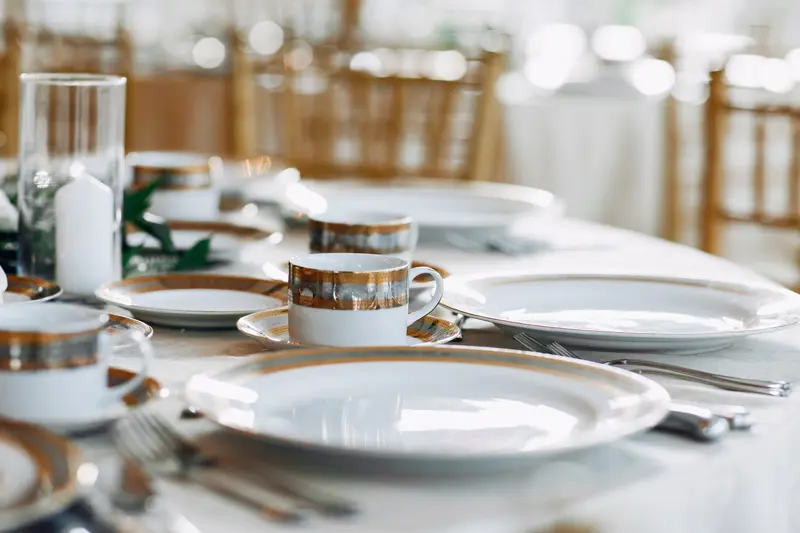
Art:
There is no “one size fits all” method of packaging art because it exists in so many different shapes and sizes. Art, meanwhile, is one of the most commonly damaged goods during a house or apartment relocation due to its sensitive nature. It is extremely necessary to take additional care while preparing and shifting art, whether it be on a painting, a sculpture, or any other kind of artistic expression, as pieces of art that are being moved during a relocation sometimes have big economic and personal significance.
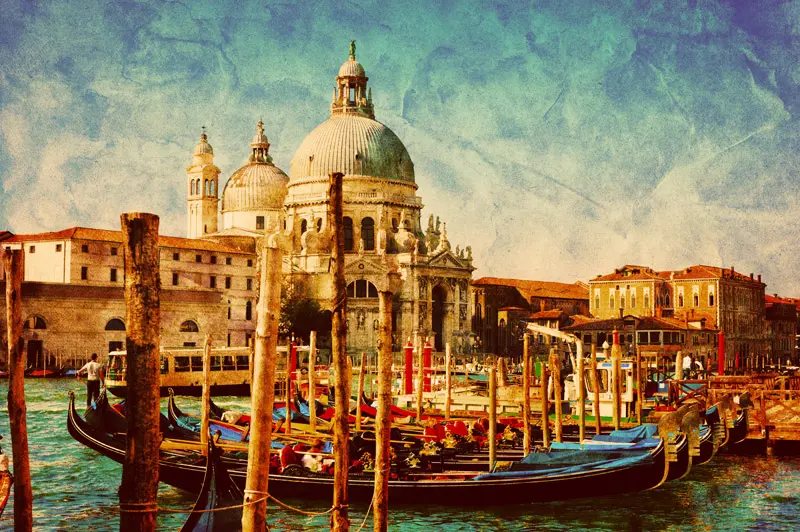
There are several options available when selecting your packing material. Your items won’t shift or come into encounter with anything else during transportation if you use moving boxes designed specifically for frames and canvases. Contact our moving consultants if you have a particularly special piece of art and are unsure how to adequately safeguard it for your relocation. They can walk you through your options and give you professional guidance on how to move your artwork safely.
Mirrors:
The bathroom, bedroom, and decorative mirrors are some of the most commonly broken goods during a transition because they are all extremely fragile. Not only is breaking a mirror unlucky, but it is also very preventable with the right precautions. In the unfortunate event that the mirror breaks, taping an “X” across it can help to protect its structural integrity while reducing the likelihood that small bits will fall among your items. Before putting your mirror end over the end in a strong moving box, it’s crucial to cover it with wrapping paper and another protective cushioning.
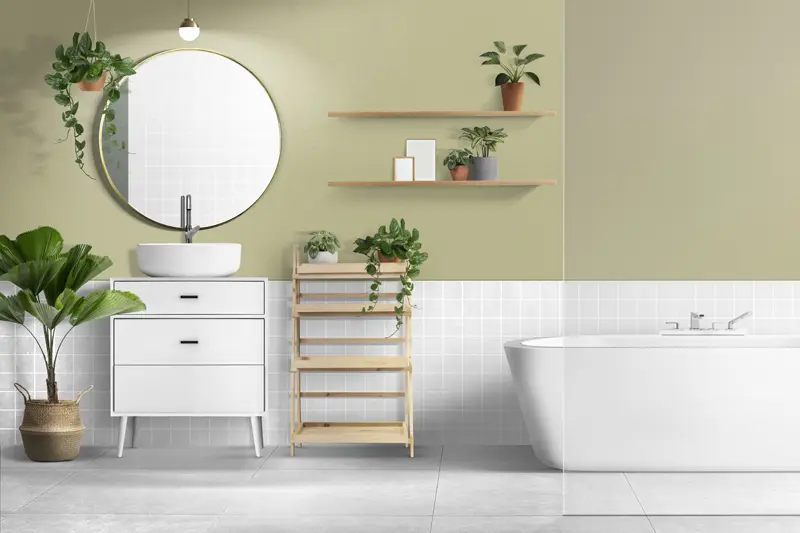
Plants:
If you want your plants to reach their new location intact, you should handle them like living beings. Due to carelessness during the relocation, plants are frequently one of the casualties of relocation. Whenever you move, your plants must always be among the first things you unpack. Find out the rules and restrictions for moving plants into a state if you’re relocating long distance or interstate. If you need to relocate a lot of plants, you might want to consider hiring professionals.
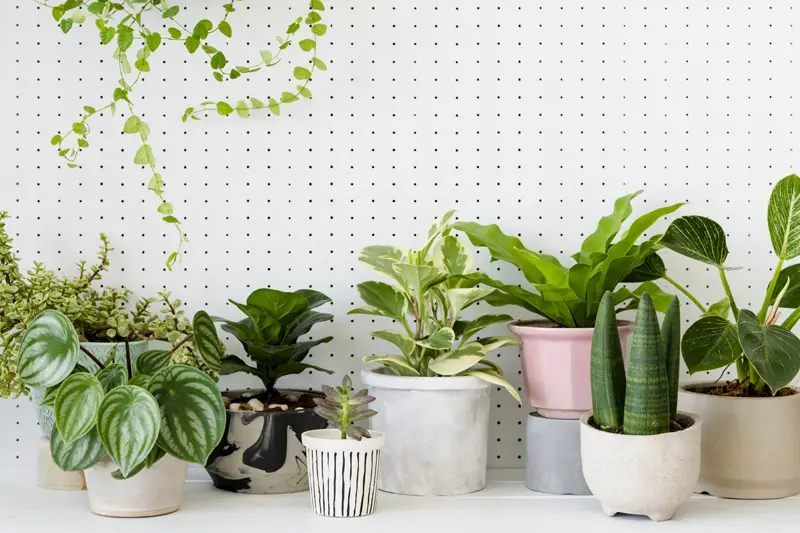
However, to keep your plants simpler to move if you intend to relocate them yourself, cease watering them a few days ahead of the relocation. If you’re going to utilize boxes, make sure to put holes in them so the plants can breathe. Each plant should be kept apart from the others using ties or sacks to prevent free branches from collapsing.
Books And Photographs:
Although they have great personal value, books and photographs are extremely susceptible to deterioration and damage during relocation. These priceless antiques are readily destroyed by exposure to weather conditions like wind and rain. Because of this, it’s crucial to make sure that these valuables are safe in solid, watertight boxes that won’t be damaged by heavier objects piled on top. It is equally important to consider how to safeguard these objects inside their crates.

Unsecured books or photo albums may shift and move when being transported over short or long distances. In addition to average harm to your possessions, this form of motion can cause friction between books, broken book spines, ripped pages, photographs falling out of their sleeves, and damaged book pages. All of these movement errors are simple to prevent. It is advisable to carefully cover your books, photos, albums, and other papers in packaging paper, old fabric, or towels to avoid problems of this nature. While this might not seem as efficient with the available box volume, it will close gaps, stop mobility, and lessen the likelihood that your boxes will get overloaded with books.
Electronics:
Electrical goods like TV, home theatre systems, and desktops are among the things that get broken during moves the most commonly. Utilize the original boxes that came with your electrical items to avoid damage. Look for substitutes if you no longer have the original boxes. The gadget cords should be disassembled and packed properly. Allowing anything to be placed on top of boxes containing electrical items is prohibited.
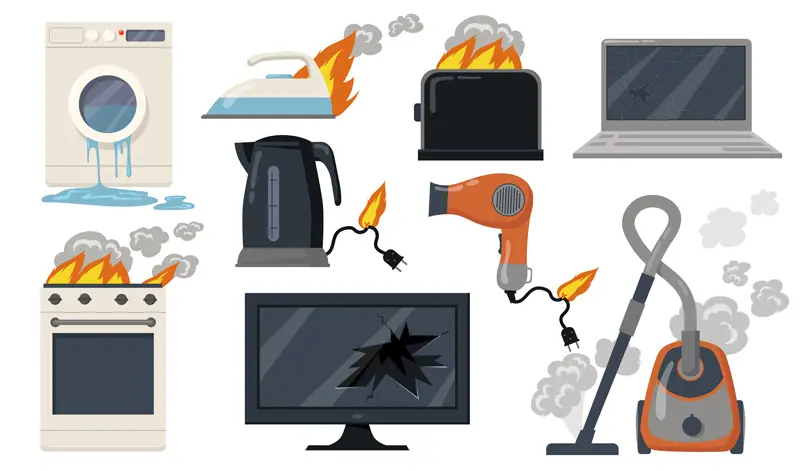
Bottle Collection:
One of the most commonly harmed goods during a relocation is a bottle. You must decide what to load and transport and what to abandon behind if you have a wine stock. Give them away to friends, neighbors, or coworkers if transferring the goods will cost more money than buying new ones. But think about getting them insured before the relocation if you have a costly or rare collection. Have a cell box from a liquor or wine store to properly organize your collection of bottles. Prior to actually placing each bottle inside the cell box with care, cover each one with packing paper. The cell box will stop the bottle from moving during transportation.
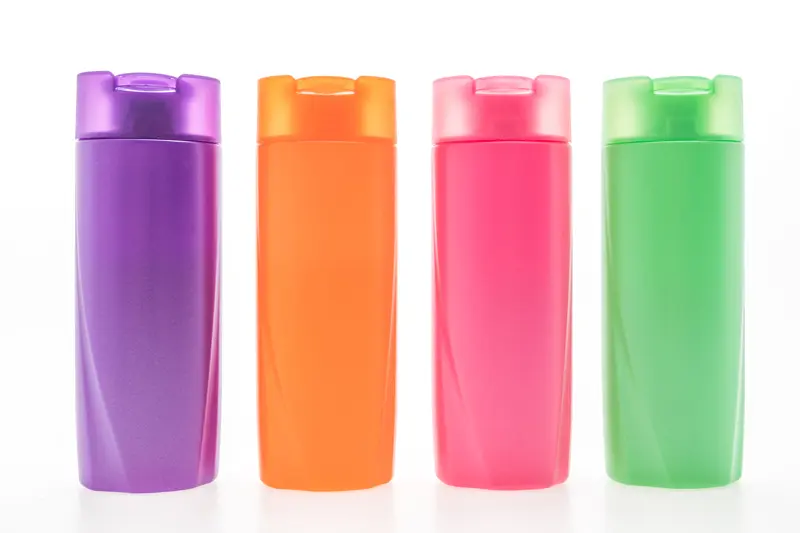
Furniture:
They are available in various sizes and shapes. Furniture with unusual shapes, bulk, cost-effectiveness, or both are frequently harmed during a move. Lack of assistance during the delivery or the origin of the transfer is one of the most frequent reasons for furniture damage. In addition to being heavy and awkwardly shaped, furniture is difficult to transport. Make sure you have enough assistance so that you can avoid hurting yourself and ruining any of your furnishings. If your furniture is too heavy for you to move, you might choose to hire packers and movers.
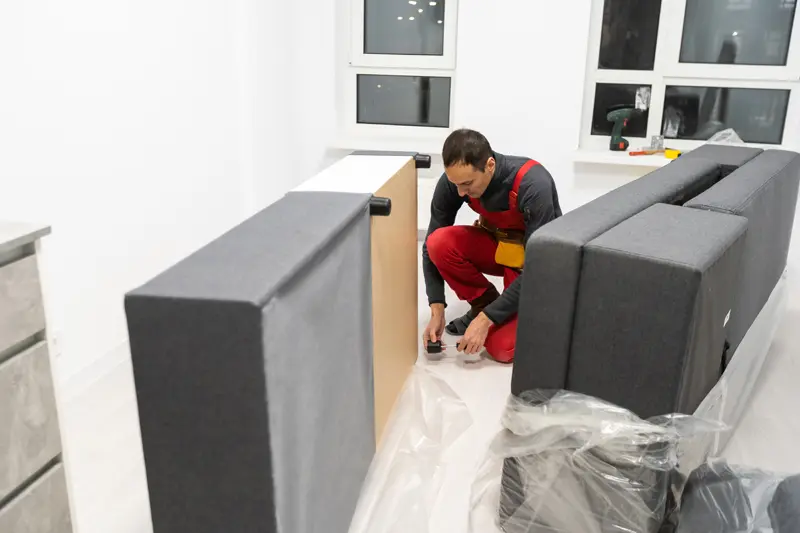
Yourself:
Unfortunately, you are one of the things that get destroyed during a relocation most frequently. People who opt to move independently frequently experience time constraints and significant levels of stress. This may result in overloaded boxes, poor lifting practices, and simple errors. Lower back problems, knee injuries, shoulder injuries, and even neck injuries usually come from trying to carry too much weight on your own or without using the proper body movement. These types of issues are long-term headaches that are never justified by the short-term benefits of rushing, over-packing, or forgoing moving aid. You can take a few easy precautions to lessen your risk of getting hurt while relocating.
Don’t Pack Your Crates Too Intensively:
This will significantly lower your chances of harming yourself when you take up and put down the box, as well as the likelihood of your boxes and your belongings being harmed. A common guideline is that you shouldn’t put more than 4kg in each box to make sure they’re manageable and their structural integrity isn’t jeopardized.
During the move, the things described above frequently sustain harm. Therefore, you must handle all such products with care. It is crucial to move these objects both packed and unpacked. When you hire packers and movers from 1Support, they will help you manage all of that stuff effectively.


